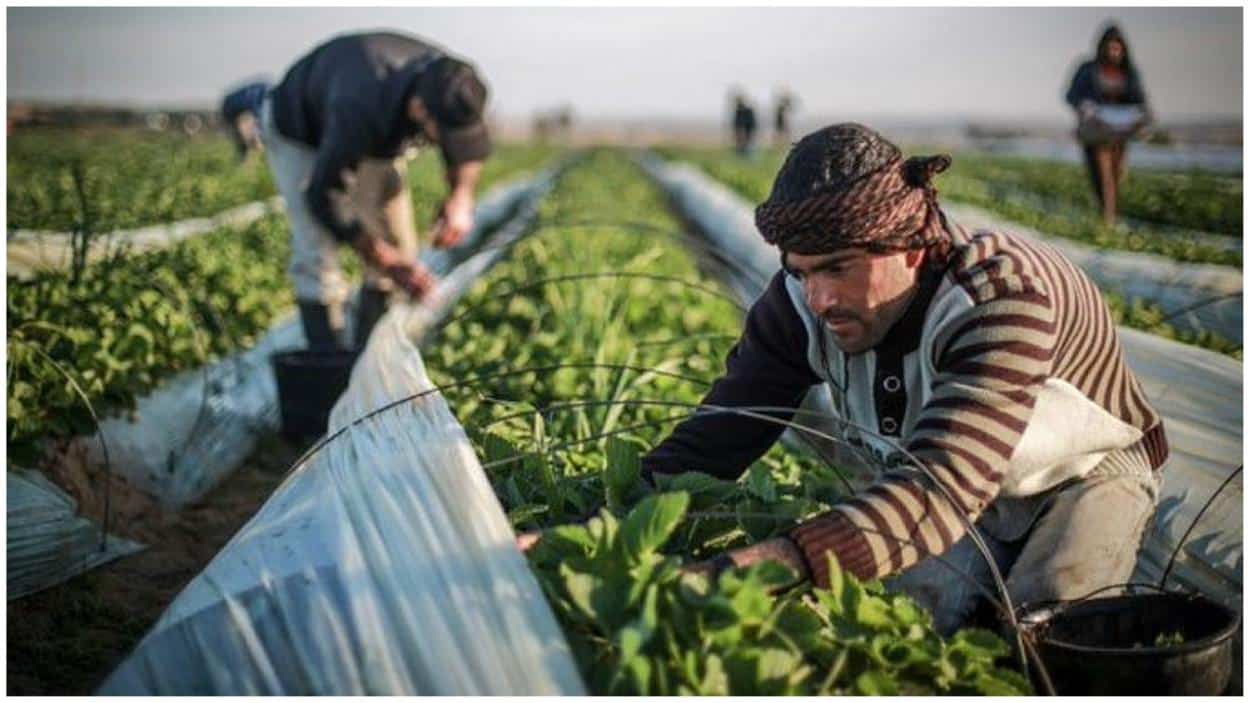More than half of the agricultural land in Gaza has been rendered infertile, according to analyses of satellite imagery by the United Nations.
The ongoing conflict and sustained bombardment have drastically affected the region’s ability to cultivate crops, severely impacting food security.
Reports from Reuters highlight that a significant portion of Gaza’s farmland can no longer support crop production. This conclusion is based on data from satellite images captured between May 2017 and 2024, analyzed by the United Nations Satellite Centre (UNOSAT) and the Food and Agriculture Organization (FAO).
UNOSAT’s recent reports indicate a notable decline in the fertility and productivity of Gaza’s agricultural land over the past seven seasons. The degradation is primarily due to conflict-related activities, including shelling, the deployment of heavily armoured vehicles, and bombings, which have directly affected soil quality.
The situation escalated following an attack by the Palestinian militant group Hamas on southern Israel on October 7, which resulted in nearly 1,200 deaths and the taking of over 250 hostages. This incident prompted extensive Israeli military responses, which, according to sources from Hamas, have led to over 37,000 Palestinian fatalities. The Ministry of Health in the Hamas-administered Gaza Strip reports that the region has experienced extensive destruction and significant disruptions to aid delivery channels.
Furthermore, the World Health Organization’s Director-General recently noted ongoing efforts to address severe malnutrition among more than 8,000 children under five years old in Gaza, highlighting the critical humanitarian needs in the area.






